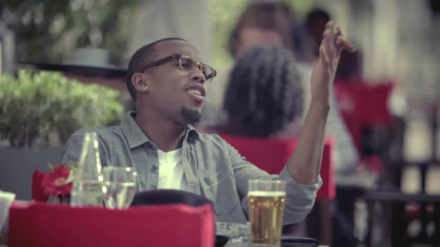Patterns of rising and falling inflection are vital to a lot of music. Purely instrumental music often encodes emphasis-patterns that resemble speech, or song. (Linguists prefer the term "intonation" to signify these rises and falls.) In the notation of European classical music, at least since the 18th century, musicians have used "slurs" as a means of indicating phrase groupings and stress patterns. Describing two notes written under a slur, … [Read more...]
Poesie
During a presentation by James Parakilas concerning examples of ambiguous musical notation, I noticed something. Parakilas was discussing the metrical organization in Fauré's tenth barcarolle. A curious hovering syncopation pervades the music. Fauré: Tenth Barcarolle A detail of piano writing in measure 7 corresponds, in my opinion, to the practice of singing an audible final syllable for a French word like "rose." Normally spoken as one … [Read more...]
Sonic Enharmonic
Words can be bent in pronounciation to suggest other words -- subtly shading, or adding on to signification. In B.o.B.'s "So Good," the word groups "how you feel [fe-el]," "fantasy oh," "put your feet up," and "Señorita" are made almost to rhyme, and conform to the same four-syllable emphasis-pattern. The sound is the word is the music is the sound. It's joy-inducing virtuoso display. Wordless music also offers possibilities for sonic … [Read more...]



